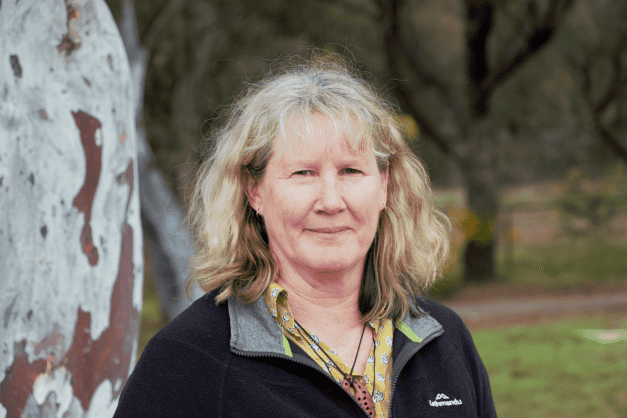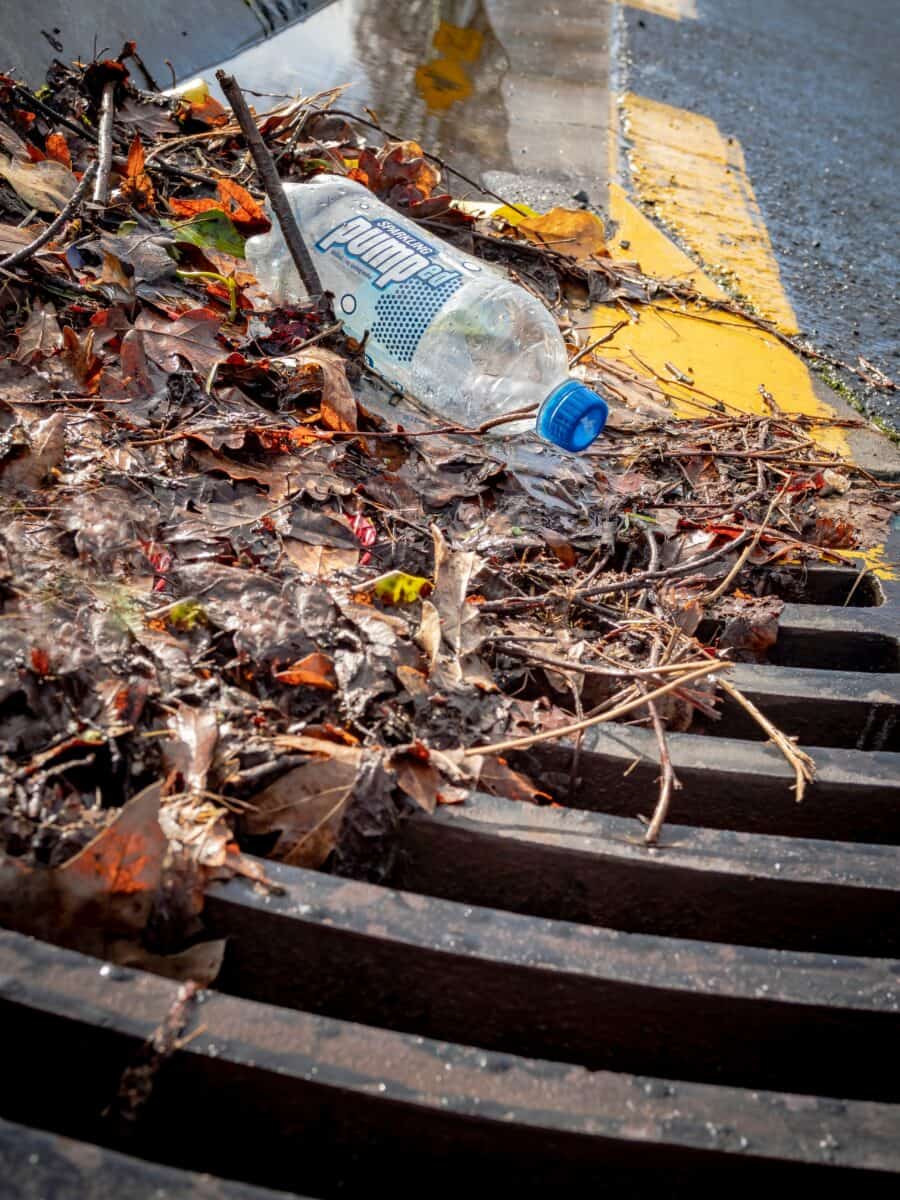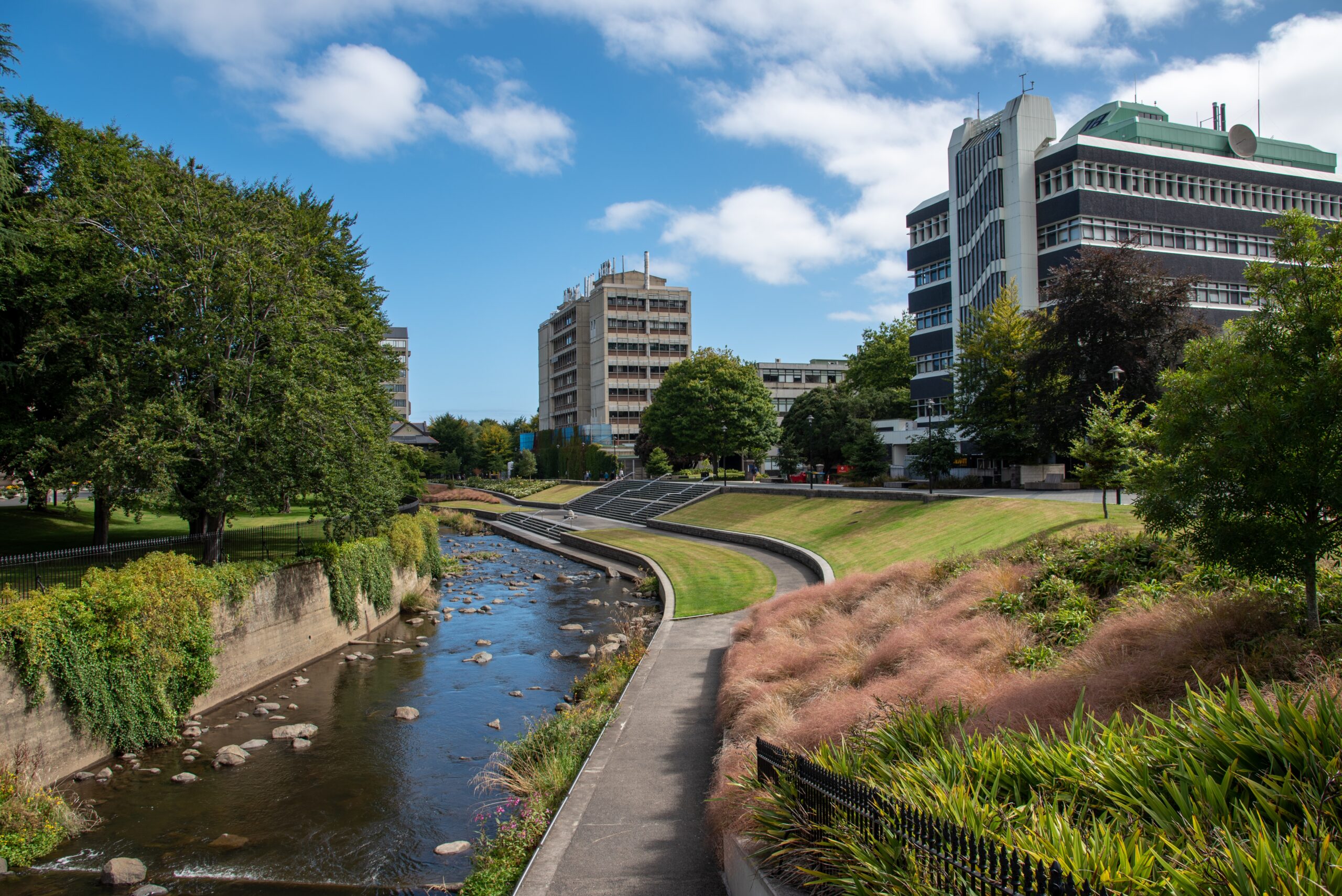As an environmental psychologist, Lynette McLeod is very aware that there are lots of different people out there.
“I study human behaviour change,” says Lynette. “I work with organisations to help them decide who they target and how they get them participating in positive environmental behaviours.”
Her expertise makes her a great fit for the SO2: Empowering Kaitiakitanga & Environmental Stewardship team, who are working to empower New Zealanders to demand and enact environmental stewardship and kaitiakitanga (guardianship).
The team’s recent publication, which is divided into two interlinking studies, demonstrates exactly what this work can entail in the context of urban freshwater systems.

The goal of these studies, as framed by the publication, is to give government agencies, environmental organisations, and community groups new information for designing interventions to encourage high-impact behaviours that will benefit freshwater systems in some way.
Study 1: Identify “best” behaviours
Lynette and the team started by generating a long list of behaviours that would benefit urban freshwater ecosystems. This list was informed by 14 interviews with experts, including freshwater ecologists, policy-makers and practitioners.
“By the 12th expert or so, we found that we weren’t capturing any new behaviours,” says Lynette. “We felt that this indicated that we had generated a pretty exhaustive list, so we stopped at 14 expert interviews.”
After further consultation with research partners, the list was narrowed down to 29 behaviours.
Using a Community-Based Social Marketing tool (described in more detail in the paper), the behaviours in the list were ranked according to their effectiveness at improving urban freshwater health, current participation and the likelihood of adoption.
The top-ranked (or “best” if you will) behaviours that would result in immediate benefits for the environment were (in order): ‘Report pollution in drains & waterways’; ‘Restore natural channels with a community group’; and ‘Report potential fish barriers’.
For the “best” behaviours for long-term environmental improvement, ‘Restore natural channels with a community group’ was second, ‘Report potential fish barriers’ was first and ‘Report pollution in drains & waterways’ was fourth. ‘Plant trees with a community group’ came in third.
Important behaviours that are already largely practiced in Aotearoa, like picking up litter, ranked lower on the list. And for good reason.
“We’re not going to drive much change or improvement by spending resources telling people to do what they’re already doing,” says Lynette.

Study 2: Enablers and barriers to reporting
Using the ranked list from study one, Lynette and the team turned their attention to the top short-term behaviour: Report pollution in drains & waterways.
“This involved a large community survey to identify factors that were preventing people reporting or were encouraging them to report,” says Lynette.
The survey captured relevant demographic measures and “socio-psychological dimensions” – these allowed researchers to separate respondents into groups, or “segments”, according to how they felt about environmental issues and how they engaged with reporting behaviour.

“Everyone out there is not the same,” says Lynette. “Everyone has different experiences and different worldviews.”
Because of this fact of human nature, it’s usually impossible to motivate everyone to participate in a behaviour like reporting. Also, people who do report will be motivated and encouraged to do so in different ways.
This can seem like a roadblock to change – but that’s where audience segmenting comes in handy – Study 2 identified five segments out of 1901 survey respondents. These were ‘Supportive’ (9%), ‘Unaware but Receptive’ (19%), ‘Motivated but Lack Support’ (4%), ‘Reluctant’ (61%) and ‘Not My Problem’ (7%).
Each of these segments can then be approached differently.
For example, to effectively speak to the ‘Supportive’ segment, the paper recommends interventions that remind and reinforce the reporting behaviour, like providing prompts to keep residents mindful of reporting and providing feedback to those who have reported to create a positive experience and encourage repeated reports.
For reaching the ‘Motivated but lack support’ segment, which also tended to be a segment with younger members, the paper recommends interventions that raise awareness of pollution problems and how to report them.
“It’s also important to make it easy to report,” says Lynette. “Whatever the app or tool, people will be more likely to use it if it’s easy.”
Lynette and the team hope this research provides a helpful example for councils and other groups who are trying to encourage their communities to make behavioural changes for the benefit of urban freshwater environments and the environment at large.
Check out the full paper here.
Jenny Leonard
